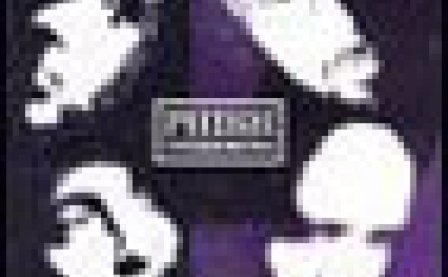Jerry Garcia died the day that Netscape held their IPO. What place do jam bands occupy on the artistic horizon of the west following the internet bubble? The 2008 financial meltdown? New York’s Moonalice is hardly the most lauded jam band of the new millennium, but they seem worth mentioning; frontman Roger McNamee funds the band’s touring with private equity from a career in investment banking. The image of a truck full of young adults crusted with sweat, shit, and patchouli, braving the summer heat with nothing but a tank of acid Kool-Aid to cool them down, all in the name of the powerful and emancipatory MUSIC, has faded and, in its old age, been replaced by digital-camera JPEGs of men like McNamee in dress shirts with loosened collars. Maybe it’s best to go back to the beginning, and review some foundational knowledge re: jam bands.
Jam bands are bad at making albums, good at playing live, and great at having Ben & Jerry’s flavors named after them. My favorite studio record by a jam band is the Grateful Dead’s Grayfolded, for which producer John Oswald spliced together over a hundred recordings of the Dead live classic “Dark Star,” creating, with Phil Lesh’s guidance, entirely “new” compositions. It’s an album rich in the granular, incidental spirit of plunderphonics, but I understand that something crucial is missing when the work of a jam band is reduced to its most interesting flourishes — the genre is more about the massive areas of negative space in between. Phish are here, as they’ve always been, adept at mercilessly extending and bringing attention to these areas.
Fuego opens with 10 minutes of obscure, pseudo-Dadaist lyricism and a lot of guitar solos. If you’ve heard Phish (or really any jam band) before, there’s really nothing else I need to say about how the album sounds. “The Line,” “Winter Queen,” and “Wingsuit” share in the rest of the album’s sterile, self-parodying style of production, but set themselves apart with their uncommon catchiness relative to the rest of Phish’s studio discography. The usually jazzy jamming style disappears, except on “555” and “Wombat,” the latter of which is a good song but reminds me a lot of comedian Tim Heidecker’s post-ironic soft-rock collaborations with Davin Wood.
As much as I’d love to encounter difference in jam rock in 2014 and to feel as truly overcome with the MUSIC as when I first heard a live recording of the Dead playing “Dark Star,” there’s just not much to say about Fuego. I think of Neil Young & Crazy Horse’s underappreciated 2012 album Psychedelic Pill and how it was able to radically reify the artistic commodity of camp without falling into the quagmire of banality by experimenting with “unclean” styles of production. I think of David Bowie’s 2013 album The Next Day, which took cues from Scott Walker by using a sterile sonic cleanliness to cast light on intrinsically “weird” songwriting (none of which is present on Fuego). Finally, I think of Fire! Orchestra’s excellent Enter from earlier this year and how it used absurd lyrics, jazz, and mysticism in a new way to freshen the decaying motif of the groove. The new ideas that Fire! Orchestra have regarding the jazz ensemble may be a point of departure from jam rock, through which we can preserve a spoiled medium’s valuable contributions. But at the end of the day, despite all of these points of reference swimming around in my head, I listen again to Fuego, and all I think of is Phish Food and Moonalice.
More about: Phish


